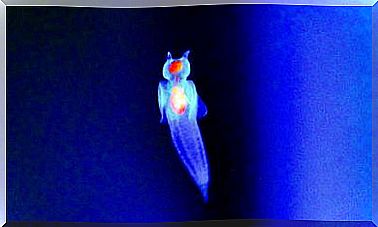6 Species Of Hares, Rabbit-like Animals
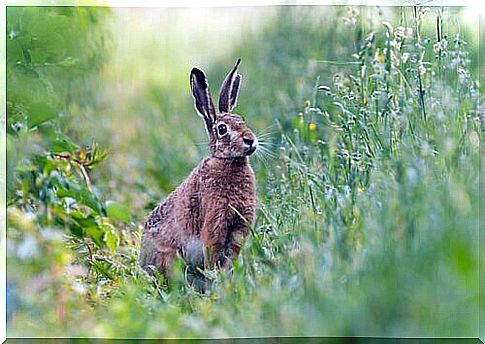
Different from rabbits in terms of speed and ear size –among other issues– there are more than 40 species of hares worldwide. Its main habitats are the plains, steppes, woods and mountains. We’ll tell you more about some of them in this article.
How many species of hares are there?
Within the Leporidae family –where rabbits are also found– there are nearly 50 species of hares. Some of them, more ‘known’ or about which there is more information, are:
-
European hare
Also known as the common hare (picture that opens this article) is a mammal that lives throughout Europe, except Scandinavia and certain areas of Asia.
It has been introduced to South America, Australia, New Zealand and the United States and prefers unoccupied areas such as plains and plateaus.
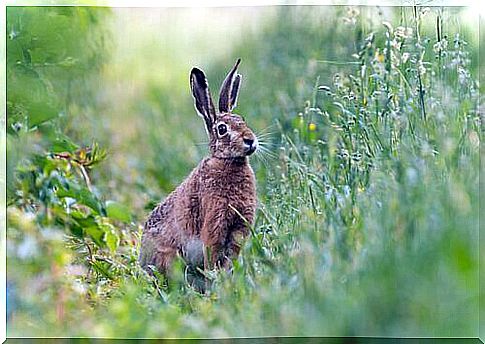
The fur of the European hare is yellowish-brown, its belly is slightly white and it has long ears with black tips.
It hides in shallow burrows and tends to blend into the environment to avoid being hunted by wolves, foxes, wild cats and birds of prey.
-
california hare
Also called the ‘black-tailed hare’ and, as its name implies, its main habitat is California, in the United States. Although it is also found in Mexico, it prefers the desert highlands.
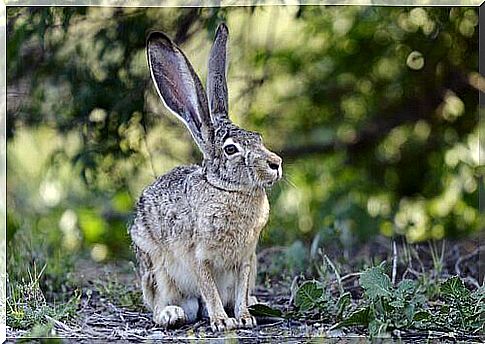
This hare has a grayish body with white spots around the eyes, its ears are very developed and, in addition, the tip of its tail is black.
It weighs around two kilos and measures less than half a meter in height. It feeds on vegetables.
-
arctic hare
Also known as the polar hare, it is one of the only ones in the family that has adapted to mountain and polar climates.
Lives in Canada, Alaska, Greenland and Scandinavia, in tundra. Its coat is white, as it approaches the pole, in summer, it can have bluish tones.
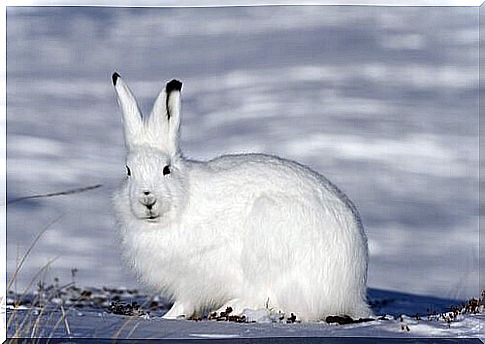
It weighs about ten pounds when it reaches adulthood; it measures 70 centimeters at most and feeds on small plants, shoots, leaves and berries, which it detects with its great sense of smell… it can even find food under a thick layer of snow!
-
mountain hare
Its scientific name is Lepus timidus and it inhabits mountainous and polar ecosystems, which include Siberia, the Alps, Poland, Ireland and the United Kingdom.
It changes its coat in summer: it changes from white, to camouflage itself with snow, to brown, then camouflages itself with trees and plants.
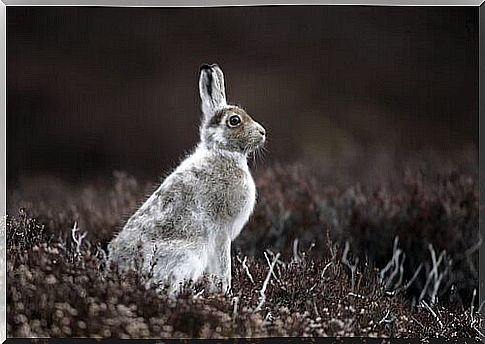
-
american hare
With its large hind legs, it can move without problems in the snow (it doesn’t sink completely).
Also, because it’s covered in a thick layer of fur, it doesn’t freeze, even in the harshest of winters.
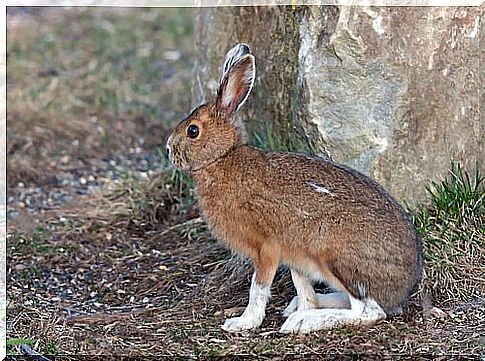
Her fur turns white so she can camouflage, and when summer comes, it turns grayish brown, while her ears have black spots. It feeds on leaves, herbs, plants and tree bark.
-
Tolai Hare
It is another species of hare that inhabits Asia, being smaller than the European: it weighs two kilos and measures 55 centimeters in length.
It lives in ‘hostile’ ecosystems up to 3,000 meters high, and with little vegetation and food, in Russia, southern India, northeastern Africa and the Arabian deserts.
In addition, it has the ability to survive several days without drinking water, like camels.
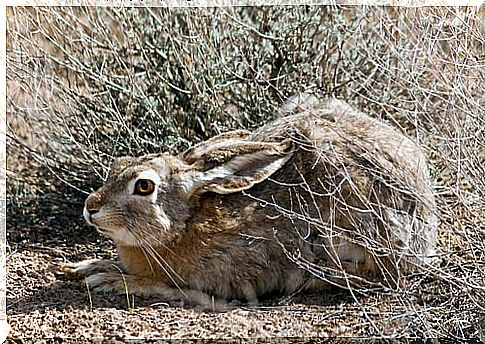
It is worth noting that there are two species of rodents classified among the hare species; but that do not belong to this family: Patagonian hare (Mara) and Cape jumping hare. We must not confuse them!






